How Much Does Local SEO Cost in 2024?
Local SEO campaigns usually range in price from $300 to $2,000 per month, depending on various factors such as your business requirements, competition, and geographic location. At Creative Web Designs, we offer local SEO services starting at $399 per month. Our pricing is completely transparent, ensuring that you are aware of exactly how your money is allocated. For further information about the cost of local SEO tailored to your business, please continue reading below.

Transform Your Business with Affordable Local SEO
Drive Local Traffic, Boost Sales, and Dominate Your Market with Cost-Effective Local SEO Strategies
In today’s digital landscape, local search engine optimization (SEO) plays a crucial role in helping businesses gain visibility and attract local customers. As the online competition intensifies, understanding the cost of local SEO services is essential for businesses to make informed decisions about their marketing budgets. In this article, we will explore the factors that influence the cost of local SEO in 2024 and provide you with a comprehensive understanding of what to expect.
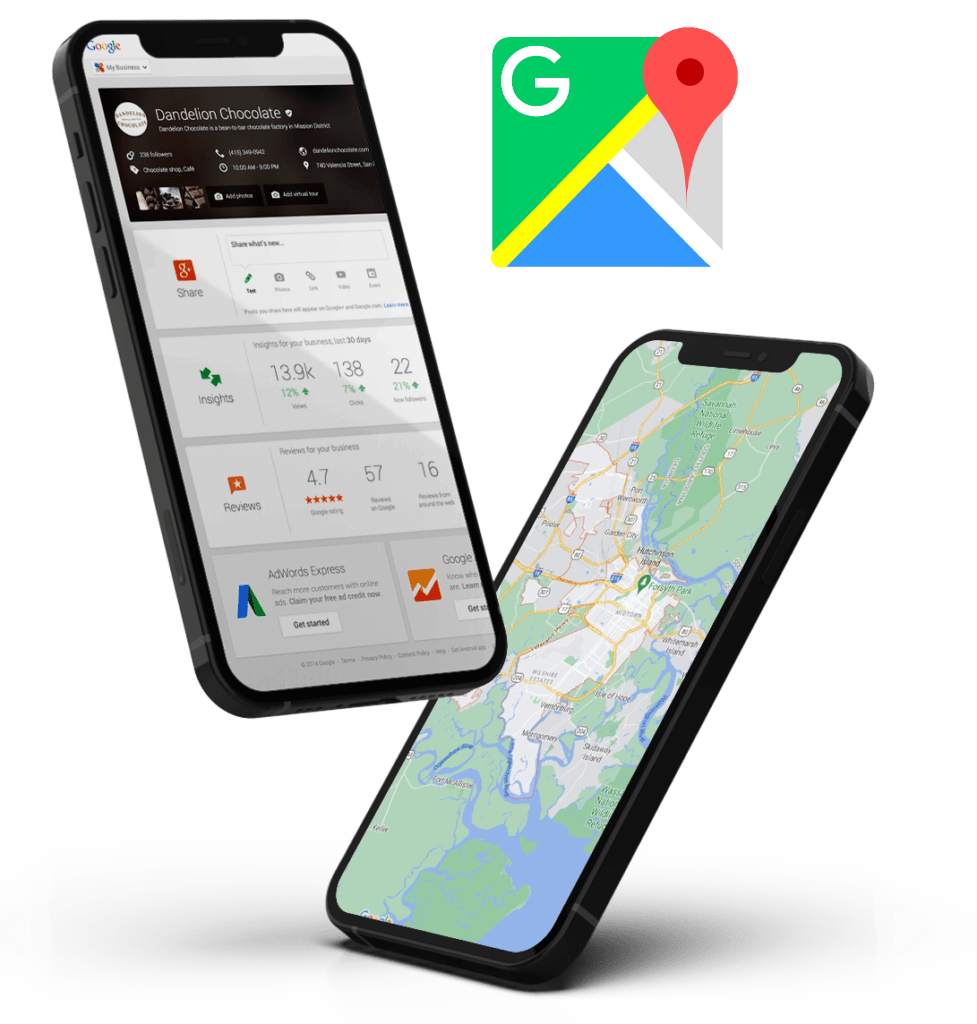
Factors Influencing Local SEO Costs
Drive Organic Traffic and Dominate Search Rankings with Creative Web Designs' SEO Solutions
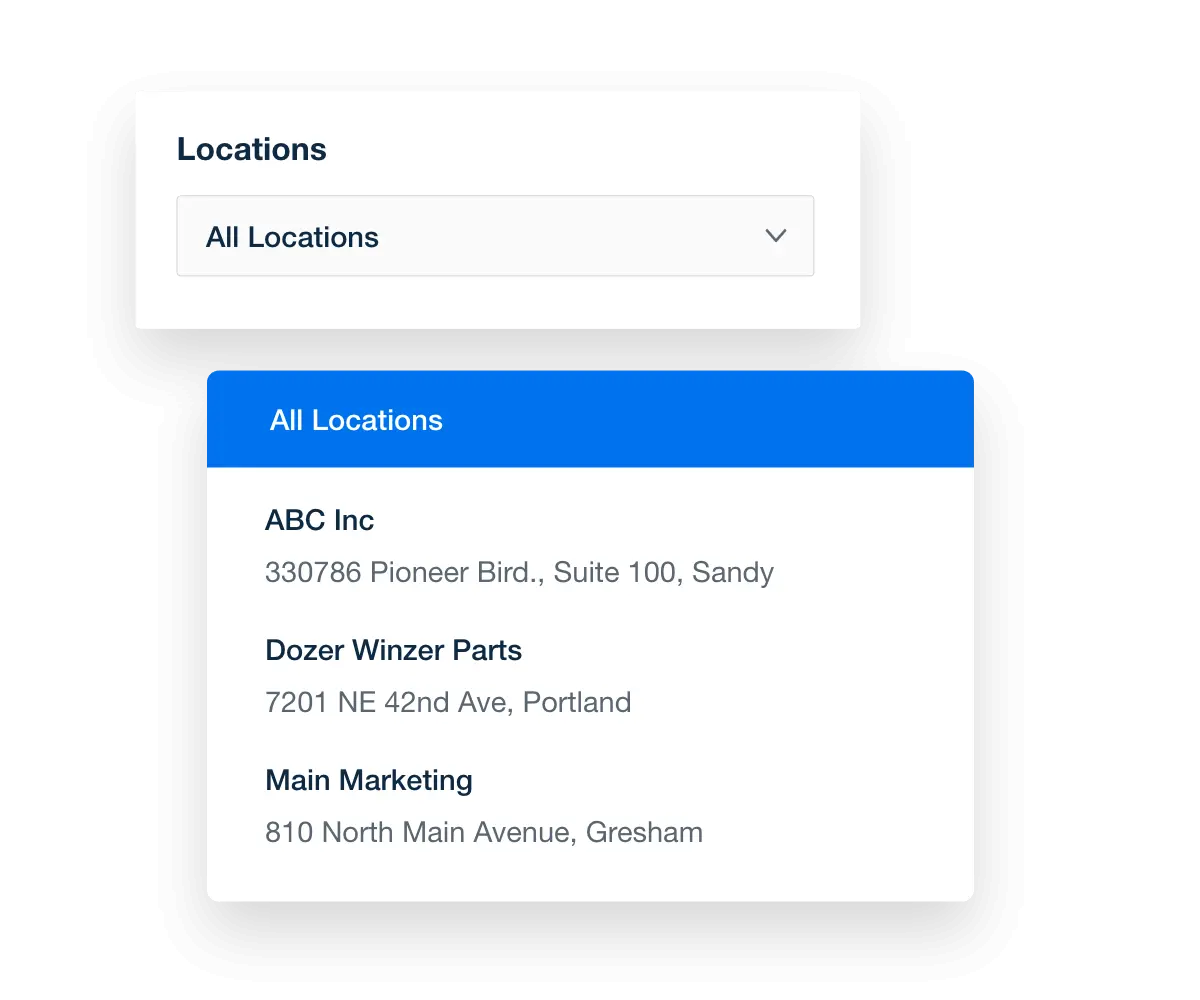
Geographic Targeting
The cost of local SEO can vary depending on the geographical area you wish to target. Larger cities and highly competitive markets generally require more extensive optimization efforts, which may result in higher costs. On the other hand, smaller towns or less competitive markets may have lower price points.
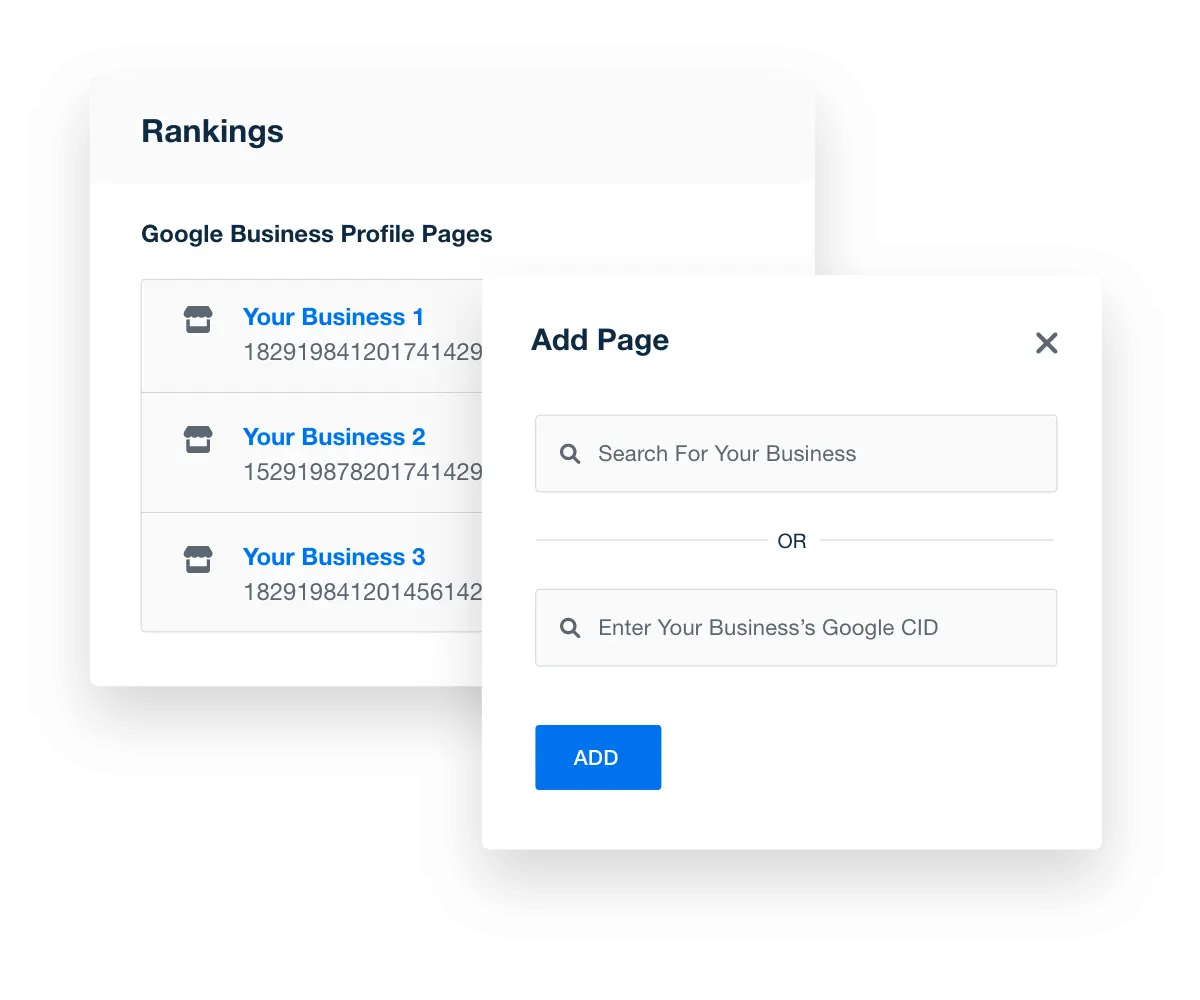
Business Objectives
The goals you have for your business will also influence the cost of local SEO. If you aim to rank for a wide range of keywords, increase organic traffic, or improve conversion rates, the complexity of the campaign will impact pricing. Discuss your specific business objectives with an SEO professional to determine the most suitable strategy and associated costs.
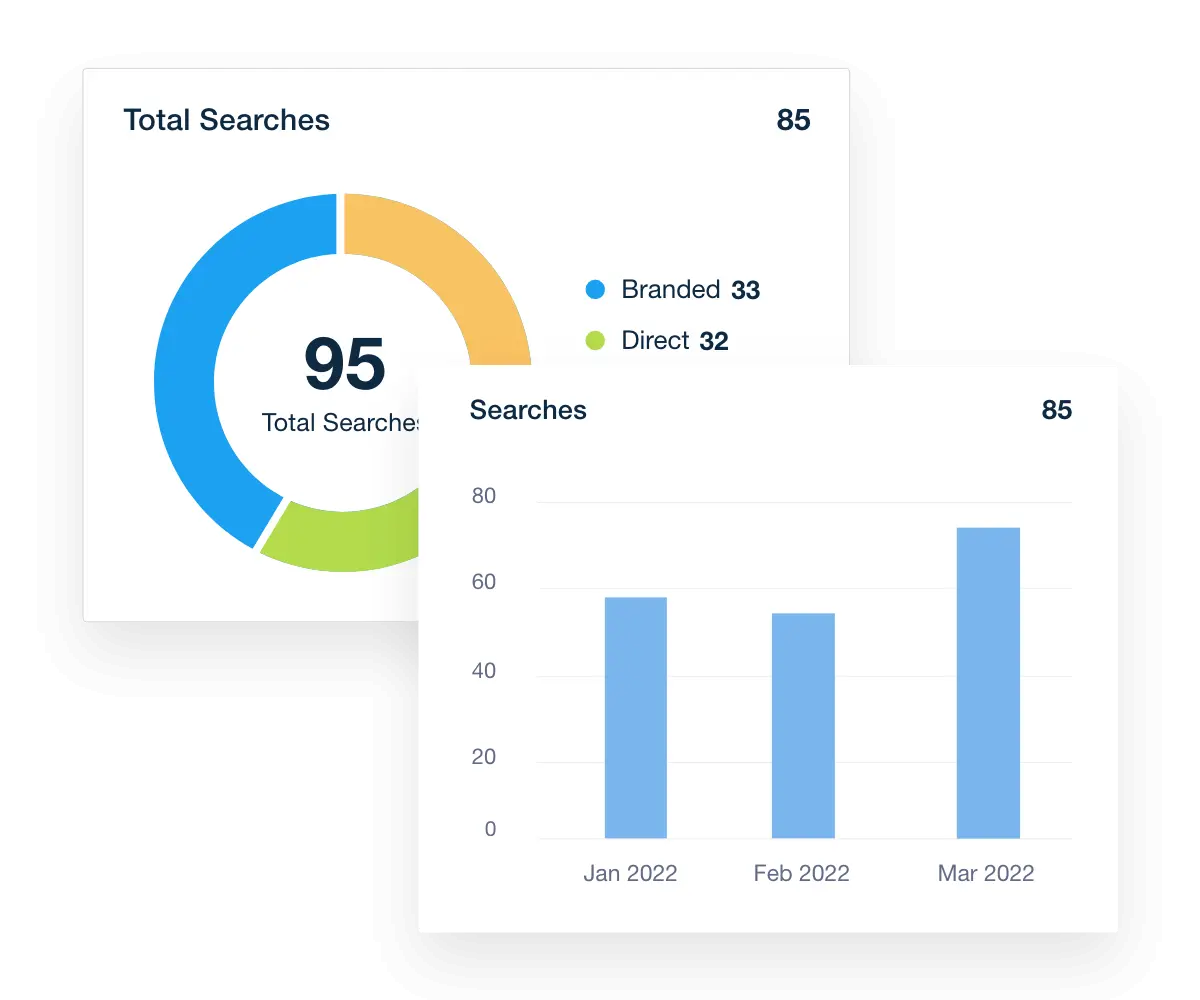
Website Size and Optimization
The size and complexity of your website are key factors in determining the cost of local SEO. A larger site with multiple pages and intricate structures may require more time and effort to optimize effectively. Technical optimizations, content creation, and on-page SEO enhancements will contribute to the overall cost.
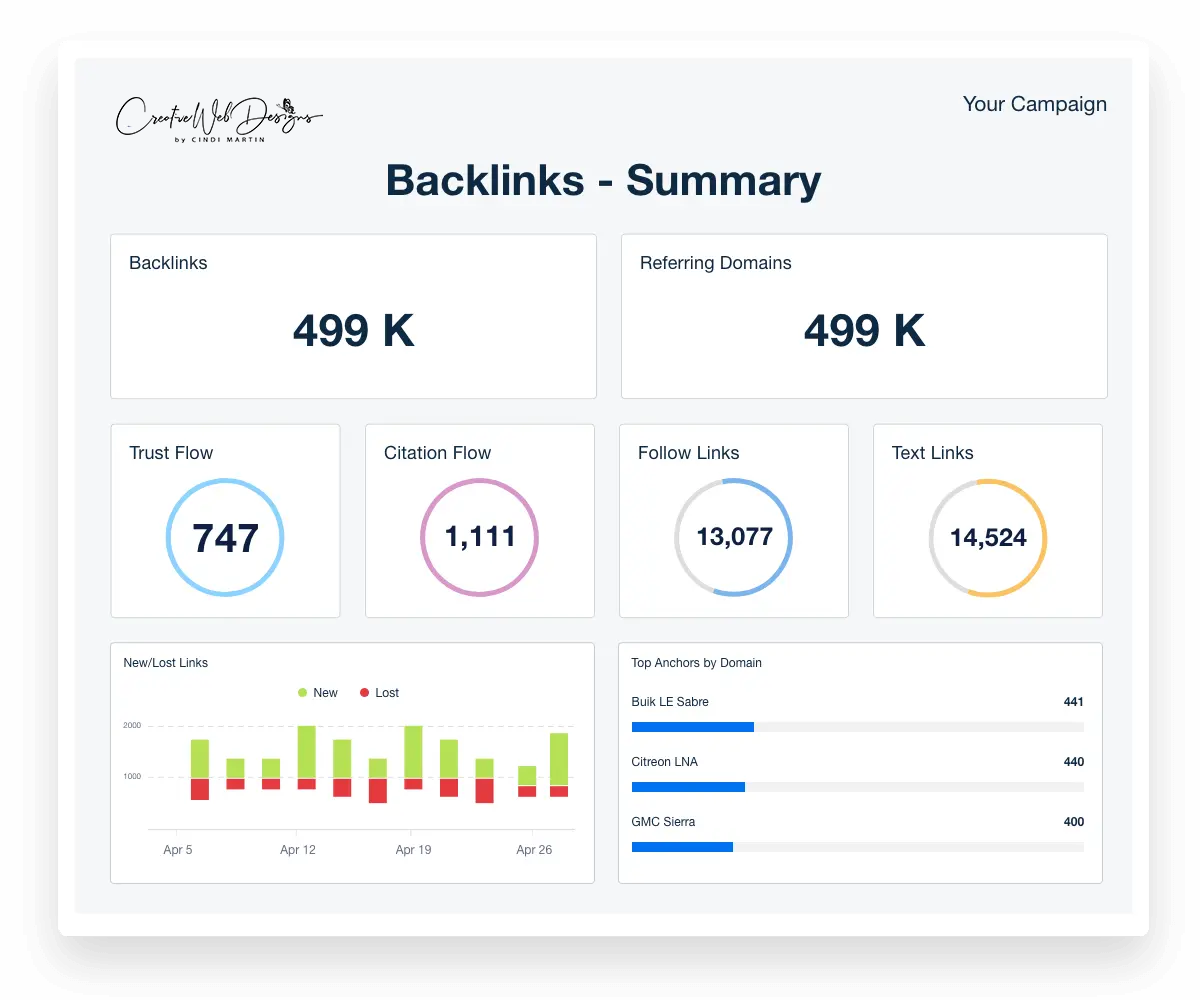
Competitor Analysis
Analyzing your competitors' online presence is a crucial aspect of local SEO. Understanding their strategies, keywords, and backlink profiles helps you formulate a more effective plan. Conducting thorough competitor research requires time and resources, which may impact the overall cost of local SEO.
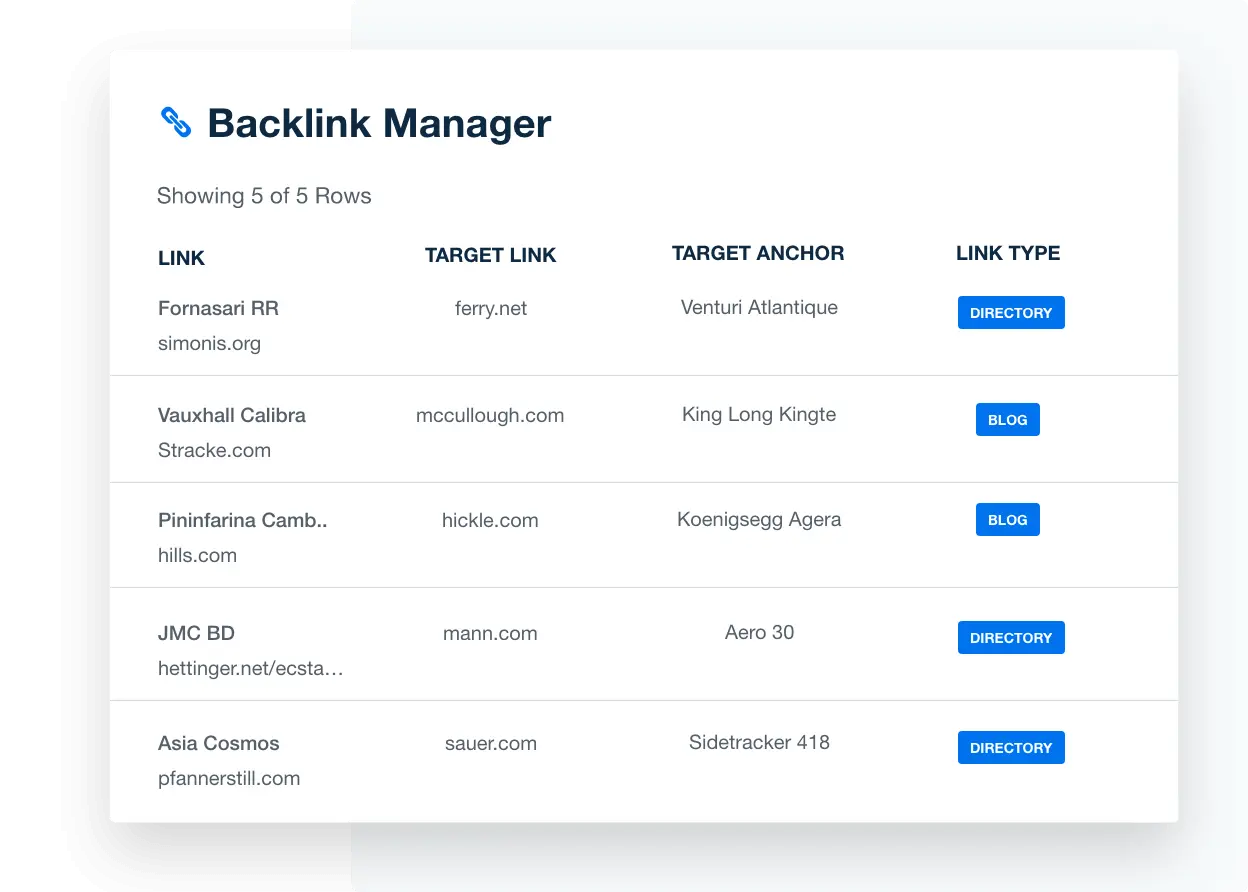
Link Building
Earning high-quality backlinks is a vital component of any SEO campaign. Building a strong and diverse backlink profile can enhance your website's authority and improve search engine rankings. However, the cost of link building can vary based on the quality and quantity of links needed.

Content Creation
Creating valuable and engaging content is crucial for local SEO success. Costs associated with content creation include researching, writing, optimizing, and promoting content. The frequency and depth of content required can impact the overall cost of local SEO.
Customer Reviews
Successful Customers Who Conquered Their Space In The World
Lee Little
Premier Workforce
Cindi @ Creative Web Designs is OUTSTANDING. Her ability to be flexible, responsive, and timely is more than a business owner could ask for. She listens to your goals and desires to partner with you to make sure she is value-added member of your team. Great Work!!!
Matt
My BizSpace
Very professional service! Great communication and ability to create what client is looking for. Fast service. This company went above and beyond what we asked or even hoped for. Incredible art and design work that looks better than we had hoped!
Okturia Kevin
Clean2Kore
Ready to Talk?
We’re excited to help businesses achieve their goals! When you pick Creative Web Designs as your digital marketing agency, you won’t receive a one-size-fits-all plan. Instead, we’ll provide a personalized strategy that suits your unique company, needs, and objectives. Let’s make your dreams a reality together!
Office Phone
(844) 881-9327
After Hours
(210) 392-1433




